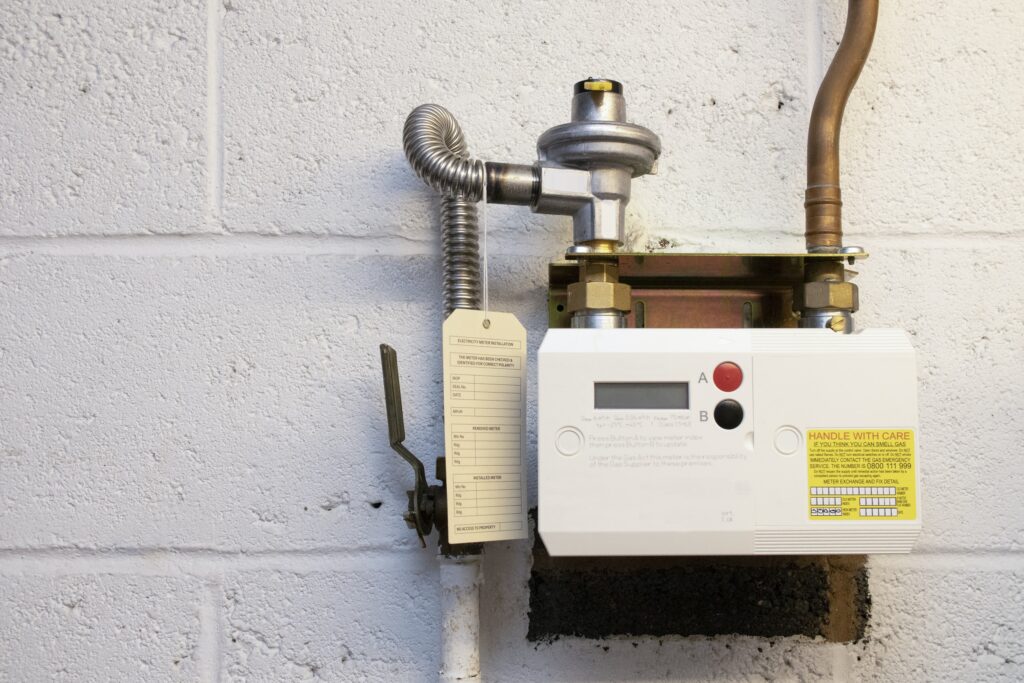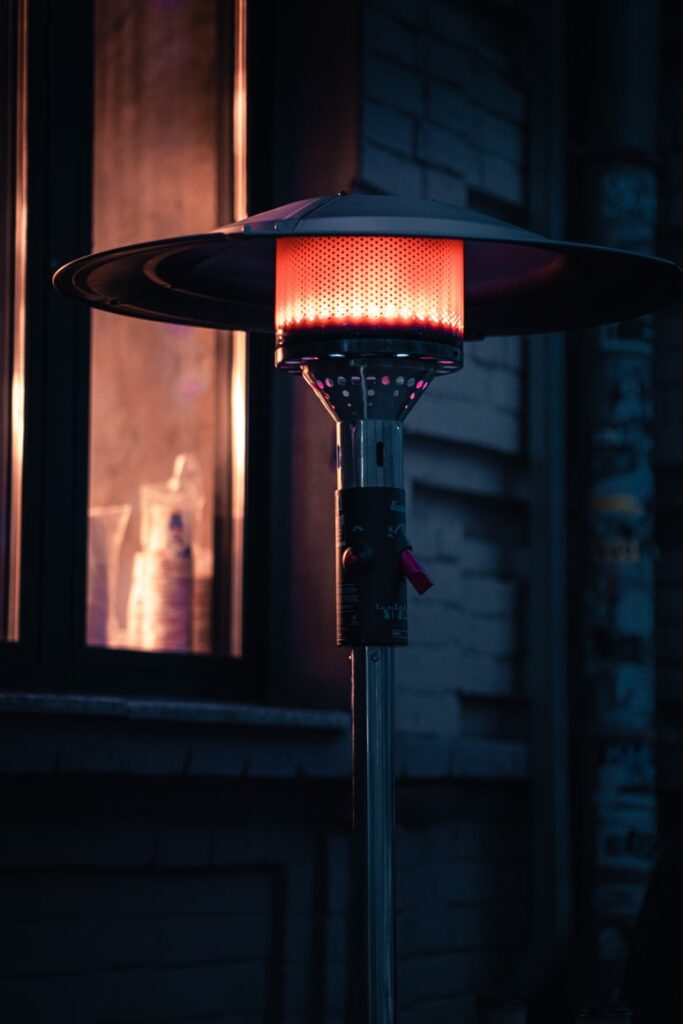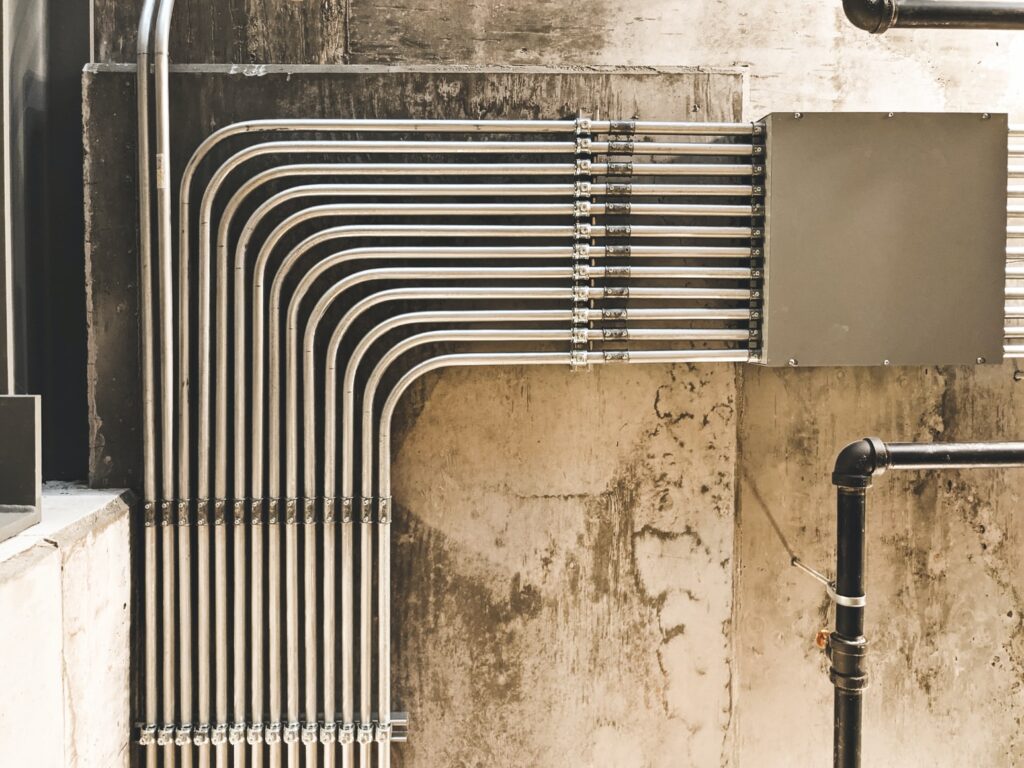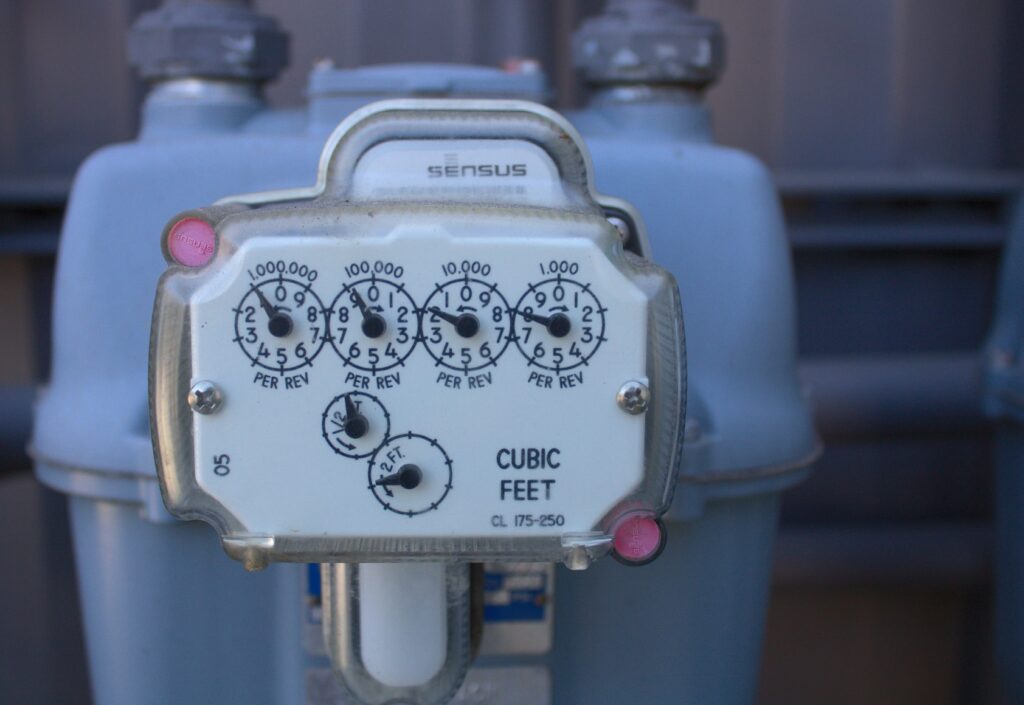
Even though we’re in Southern California, it can get cold during the winter months, which makes it essential to heat your home if you want a cozy and comfortable place to live. By having a premium heater installed, you can keep the interiors of your home at the ideal temperature without spending a considerable sum of money. Because the Southern California winters are rarely ever too cold, you likely won’t need to keep your heater on constantly, which means that your monthly energy bill shouldn’t be too high.
If you’re interested in purchasing a heater for your home, you’ll find that there are many great heaters to select from. These heaters are separated into several different types, which include everything from electric heaters and radiant heaters to natural gas heaters. While every type of heater has its own advantages, gas heaters can be particularly beneficial when installed in your home. This article offers a more comprehensive guide on the benefits of heating your home with gas heating.

Does a Gas Heater Need Electricity?
Many homeowners who are researching the different types of heaters that can be installed in their homes believe that gas heaters don’t require any electricity to function. In reality, gas heaters still need access to electricity if you want the heater to work accordingly. The heater itself is directly fueled by gas. However, there are several different components that require electricity to properly function. These components include:
- Blower motors – By using electricity, the fans in the heater push heated air through the ducted system. When this process occurs, waste products are sent through the flue.
- Circuit boards – This is a type of electrical component that relays information between the heater and the thermostat.
- Relays – These are a series of electrically powered switches that can be found within the heater
The majority of gas heaters use below 600 watts of electricity. This is around half of the total electricity that a 15-amp electric circuit uses.
Heating Efficiency of Gas vs. Electric Water Heater
When you’re trying to decide between a gas heater and an electric heater, among your top considerations should be the heating efficiency of the system in question. Heating efficiency is graded by an annual fuel-utilization-efficiency rating (AFUE). Gas heaters can have an AFUE rating of 55-97%. If you want a system that’s efficient, search for one with a high AFUE rating. The average AFUE rating for an electric heater is 83%. However, high-efficiency units are available with ratings as high as 100%.
Even though electric heaters can be slightly more efficient than gas furnaces, the majority of gas heaters will heat homes quicker than electric heaters. If you want your gas heater to have an efficiency rating that’s as close to 100% as possible, search for a heater that doesn’t use a standard pilot light. Instead, you should choose a system that’s outfitted with hot surface, intermittent, or direct spark ignition. While gas systems with more efficiency have higher upfront costs than the alternatives, the fuel costs will be lower, which will eventually offset the higher initial expenses.
When directly comparing the costs of a gas heater with an electric heater, the cost for an electric heater can be anywhere from $1,000-$2,500. Gas heaters tend to cost an average of $3,000-$4,000 before you take the installation costs into account. Installing an electric heater will likely cost you around $1,000-$1,500 on top of the upfront costs. You can expect to pay around $500 more to have a gas heater installed. When you combine the unit price with the install costs, the average price for an electric heater is $2,000-$4,000. The average price for a gas heater is $4,500-$6,000.
Keep in mind that electric power costs considerably more than natural gas, which means that the higher costs for a gas heater will eventually be paid off with the savings you accrue from your gas bill. Before going further into the mechanics and maintenance requirements of a gas heater, you might want to consider the pros and cons of gas and electric heaters.
The main benefits of gas heaters include:
- Much lower fuel costs
- Can last for upwards of 20 years
- Can heat a home quickly
- Ideal for cold climates
A few issues that gas heaters have include:
- Makes somewhat more noise than you might expect
- Safety concerns for carbon monoxide
- Installation is more complex
The main benefits of electric heaters include:
- Last for 25-30 years
- More affordable installation
- Low maintenance requirements
- Great for warm climates
A few issues that electric heaters have include:
- Higher fuel costs
- Can create dry indoor air
- Less heat efficient

How to Light a Gas Water Heater
The technique for lighting a gas water heater depends on the type of gas heater you have, which can be either automatic or manual. Most modern systems are automatic. If you have an automatic gas water heater, the initial step involves turning the gas off completely by locating the knob that contains on, off, and pilot labels. Turn the knob until the indicator is pointed at the “Off” position.
Before moving to the next steps, allow the remaining gas in the system to dissipate, which can take upwards of five minutes. You should then move the water heat dial over to “Low” while also moving the on/off dial to “Pilot”. This dial should then be pushed downwards. At the same time, the igniter button should be pushed.
While you should release the igniter button immediately, make sure that you continue pushing the pilot dial down for another 30 seconds or so. An audible sound occurs when the heater lights. Once the heater is lit, the on/off dial should then be turned to the “On” position. The water temperature dial can also be moved to another setting from the “Low” position. If this process doesn’t cause the heater to ignite, start the entire process over. Remember that these heaters can be dangerous if not properly handled, which is why you should consult a professional if necessary.
How Long Does a Gas Water Heater Last?
If you properly maintain your gas heater, it should last for as long as 15-20 years. There’s also a rare possibility that the system will last for upwards of 35-40 years. The way to keep your gas heater functioning as long as possible is by obtaining regular maintenance at least once every year. Maintaining your system allows for small issues to be identified before they worsen and turn into costly problems. When you maintain and promptly repair a heater, you can extend the unit’s longevity.

Gas Water Heater Maintenance
As mentioned previously, maintenance is highly important if you want your gas heater to last for decades. If you don’t maintain your system, a problem with the unit might not be caught until it’s too late, which means that costly repairs may be necessary. At worst, the entire system might need to be replaced.
You can largely avoid these issues by seeking maintenance on a regular basis. Doing so will help you keep costs down. To understand just how beneficial it can be to maintain your gas heater, maintenance costs can be anywhere from $50-$300. In comparison, repairing a gas heater costs anywhere from $350-$1,200.
How to Install a Gas Water Heater
Installing a gas water heater can be done in eight steps, which include:
- 1. Drain the old gas heater tank.
- 2. Disconnect the water and gas lines from the old gas heater.
- 3. Make sure that the gas exhaust is detached before removing the old heater.
- 4. Connect the gas exhaust vent to the flue hat for your new system, which allows for proper ventilation.
- 5. Install the water line connections and heat trap fittings.
- 6. Connect the gas line, after which the threads of the pipes should be sealed with seal tape.
- 7. Check the gas line for any leaks when you first turn it on.
- 8. Switch the control knob to the “Pilot” setting to light the heater, after which you can turn the dial to the “On” position.
Even though this process can be completed in eight steps, some of these steps are lengthy, complicated, and potentially dangerous. It’s highly recommended that you hire a professional to handle the installation of your gas heater for you.
How to Turn On/Off a Gas Water Heater
As mentioned previously, turning a gas heater on or off is relatively simple. The pilot light will contain a switch with different markers for on, off, or pilot positions. When turning the system on, it’s important that you first turn the switch to the “Pilot” position. Once the heater has ignited, you can move the switch to the “On” position.
When you want to turn off a gas heater, you can do so by first reducing your thermostat to its lowest temperature, which means that the gas pilot light will be the only thing that’s burning. It’s then safe to switch the shut-off valve to the “Off” position.
How to Drain a Gas Water Heater
Whether you want to make sure that your gas water heater is clean or would like to have the unit repaired, it’s possible to drain the system, which first requires that the gas valve be moved to the “Pilot” or “Off” position. The gas will then stop flowing through the system. At this point, you should leave the tank to cool for approximately two hours.
Make sure that the cold water supply valve is rotated to stop any water from getting into the tank. The next step involves placing a standard garden hose on a spigot that’s located towards the lowermost portion of the gas heater. The drain valve that’s located at the bottom of the tank should then be opened, which will allow you to start draining the system.
It may take some time for the tank to drain completely. Once it has been fully drained, the cold water supply valve can be opened, which will allow fresh water to be sent into the tank. Both valves should remain open for 5-15 minutes. You should then take steps to remove the garden hose and turn the drain valve off. However, the hot water tap should remain open as the tank refills. Once enough water flows into the system, you can close the tap. The final step involves turning the standard gas valve back to the “On” position. Hire a professional if necessary.
Conclusion
Having your home heated with gas heating is a great way to remain comfortable, cozy, and warm during the cold winter months. Along with lower fuel costs, you’ll benefit from gas heaters being able to heat homes quicker than electric heaters. While selecting the ideal system, there are numerous factors you should take into account, which include upfront costs, AFUE rating, and installation costs. Once you have a system in mind, all that’s left is to purchase the unit and hire a professional to have it installed.